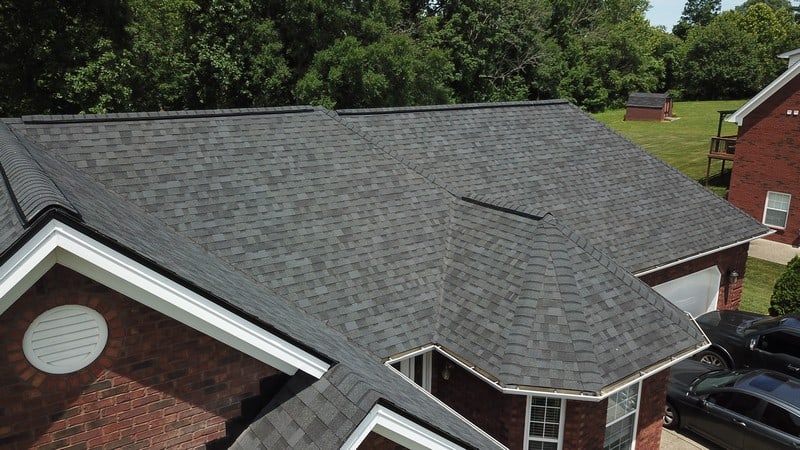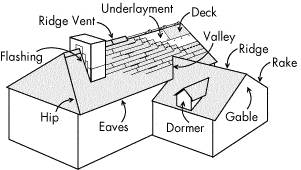Why is a new roof so expensive?
As you evaluate bids from your prospective contractors, you might want to consider the findings of a Consumer Reports study on home improvements. In a survey of nearly 12,000 homeowners that obtained multiple estimates, the 40% that accepted the lowest bid was less satisfied overall with their projects than those who were willing to pay more for the job. The old saying, “You get what you pay for,” really applies to home improvement. Consider the following factors that play a part in the cost of roofing your home:
Workers’ Compensation Insurance
A contractor should carry workers’ compensation insurance to protect you in the event of an accident on your property. If a worker is injured on your property, you might be held liable for all costs unless the employee is covered by workers’ compensation insurance.
 Companies who carry the proper insurance and follow the Insurer’s guidelines for safety will have higher job overhead costs. These expenses could be the cause of price variations between contractors who follow the standards and those who ignore them. Roofers who do not carry insurance will most likely be cheaper to hire as they do not have large insurance premiums to pay, but hiring them brings substantial financial risk.
Companies who carry the proper insurance and follow the Insurer’s guidelines for safety will have higher job overhead costs. These expenses could be the cause of price variations between contractors who follow the standards and those who ignore them. Roofers who do not carry insurance will most likely be cheaper to hire as they do not have large insurance premiums to pay, but hiring them brings substantial financial risk.
The Complete Roof System
Roofing manufacturers will not warrant their products unless they are applied as part of a complete roof system. A complete roof system includes the roof surface (shingles, metal, slate, etc.), wood decking, underlayment (felt), moisture barriers, flashing, ventilation, and hip/ridge capping. All parts of the roof system must be considered and included if not currently adequate or reusable.
Not all contractors will include underlayment and moisture barriers in their bids. Some will not flash properly or will use 20-year hip/ridge cap shingles on a 30, 40, or 50-year roof. A contractor who cuts corners in these areas will offer a much lower bid, but the end product may not protect your home and may not be warranted by the manufacturer.
Workmanship
Studies indicate that more than two/thirds of the problems that people experience with their new roofs are due to the contractor’s workmanship, not the roofing materials. A contractor that stands behind his workmanship must take the time to train his employees in the proper installation techniques for each type of material used.
This training increases the overhead costs that are associated with your new roof. Consequently, the employees of contractors that provide lower bids may not have the necessary knowledge and training to properly install your roof, resulting in poor water shedding performance and future repair bills.
Home Design

The design of your home also plays a part in the cost of your new roof.
The difficulty of installing your roof increases with a steeper pitch, number of hips, length of valleys and ridge, the quantity of flashing, and number of dormers and roof penetrations.
Therefore, two homes of equal size may have drastically different roof bids because of the roof
design.
Make sure that your final choice of a contractor is based on the “sum of all parts”; including professionalism, and understanding of your vision for the project, and a compatible personality instead of on a single factor such as price.

